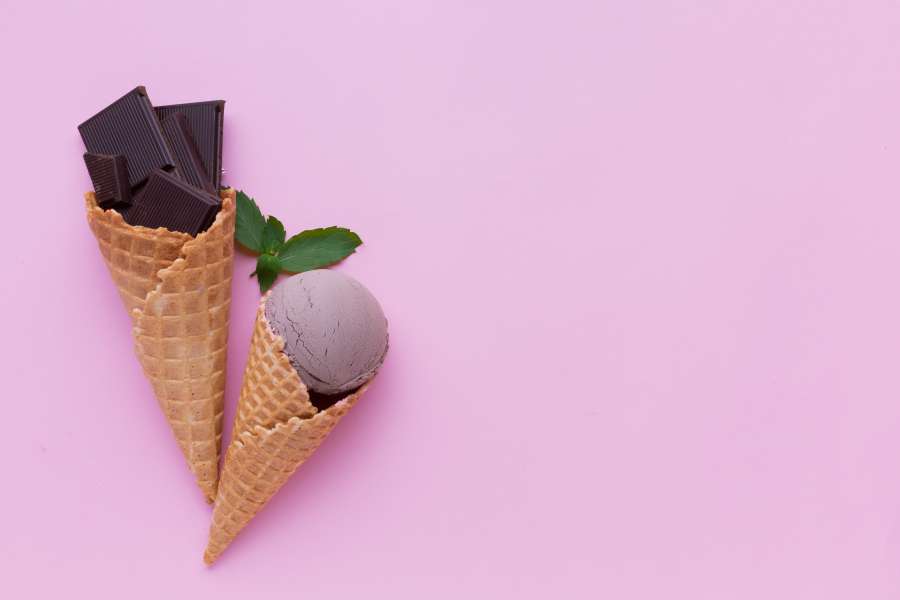Pakistan is getting world recognition because of Pakistani designers’ creative outfit designs. All the outfits in the Pakistani fashion trend are comprised of different fabrics, and every fabric has unique characteristics. Each weather demands a unique blend of stuff, and the people who never compromise on fashion always choose the best stuff, giving those an elegant look and meeting the weather demands. Pakistan is bestowed with all four weathers, so the designers of Pakistan’s fashion industry have expertise in designing outfits according to the fabrics demanded for all the weather. That’s why one must know about all the fabrics and their properties, including the fabric’s strength, condition, construction, and care instructions. The most commonly used fabrics include cotton, polyester mix cotton, polyester, khaddar, chiffon, silk, linen, RIB, denim, velvet, jersey, jute, viscose, jacquard, and leather.
1. Cotton
Because of its softness, breathability, and general usefulness, cotton ranks high among Pakistani fashion textiles. This delicate fiber is usually 2 inches long and is grown in the cotton plant’s seedpod. This natural fabric is perfect for hot and humid situations since it is gentle against the skin and absorbs moisture. Everyday garments made from cotton include sarees, kurtas, and Shalwar Kameez. Designers can play around with a rainbow of colors and designs because of the fabric’s ease of dyeing.
2. Polyester Mix Cotton
Polyamide blends are the fibers of cotton and polyester that are combined to form cotton. This fabric combines the softness and breathability of cotton with the resilience and resistance to wrinkles of polyester. As it provides both comfort and flair, it is frequently used in professional and informal attire. Its popularity as an everyday fabric stems from its durability and simplicity to maintain.

3. Polyester
Polyester is a synthetic material that is long-lasting and can resist wrinkles. Combining polyester with other cotton fibers enhances its breathability and comfort. Pakistani clothing, from everyday wear to formal dress, is characterized by its extensive usage of polyester textiles. An excellent option for casual wear, the low-maintenance fabric keeps its colour well.
4. Khaddar
Fabrics crafted from cotton, wool, or a combination of the two are known as khaddar. Because of its warm feel and gritty texture, it is perfect for winter wear. Shawls, coats, and jackets made from khaddar textiles have a specific country chic about them. In keeping with its rustic origins, the cloth is often colored in earthy tones.
5. Chiffon
Light and pure, chiffon is a fabric with a graceful drape and an air of refined sophistication. In Pakistani design, floating dresses, sarees, dupattas, and other clothes are often made from it. Elevate your clothing with chiffon fabrics adorned with embroidery, sequins, or beads. This fabric is perfect for formal events and evening dresses.
6. Silk
The shiny sheen and velvety touch of silk make it an opulent fabric. Silk is a naturally occurring fabric that silkworms spin, and its refined appearance and delicate texture make it desirable. Pakistani wedding clothing, formal dresses, and sarees are often crafted from silk textiles; one of the key examples is of Shireen Lakdawala’s First-Ever Collection of Unstitched Attires: “Afsanay”, in which the designer has used silk stuff as well for making outstanding elegant dresses for every occasion. To accessorize yourself in Pakistani fashion style for any occasion, visit their website.

7. Linen
The flax plant is the source of the natural fibers used to make linen. Thanks to its famed cooling and breathable qualities, linen is perfect for summertime. Casual and formal garments like kurtas, pants, and shirts are often crafted from linen materials in Pakistani design. The fabric’s inherent sheen and longevity make it a desirable choice for high-end apparel. Designers have many options when it comes to colors and treatments for this fabric
8. RIB
The hiked, textured surface is the defining feature of RIB fabric, which goes by many names. Fabrics such as cotton or a combination of the two are standard. Pakistani designers often include RIB textiles in their everyday collections, which include dresses, sweatshirts, and t-shirts. The fabric is perfect for casual use due to its stretchiness and comfort.
9. Denim
Denim is an adaptable and long-lasting fabric made of solid cotton twill. Pakistani denim, outerwear, and skirts are among the most popular items made from it. Denim textiles are highly sought after due to their durable nature and capacity to endure regular washing and wear. Various colours and finishes of the cloth provide designers with a lot of leeway to make fashionable and one-of-a-kind garments.

Uniqueness of Pakistani Traditional Clothing
Pakistani traditional clothing is notable for one of many reasons. Pakistani traditional clothing represents the unique and diverse culture of various regions and communities in Pakistan. It is also known worldwide for its timeless elegance and its delicate craftsmanship. Whether threadwork or hand-woven techniques passed down through generations, these techniques represent the meticulous attention to detail and dedication behind making these traditional dresses. Pakistan’s traditional clothing has gained worldwide recognition and appreciation for its distinct aesthetics woven with exceptional craftsmanship. All these factors make Pakistani Traditional clothing outclass and unmatched.
Where you can buy traditional Pakistani clothing?
Many famous Pakistani designers are well-known for making traditional clothing such as HSY, Sana Safinaz, Ali Xeeshan, Zara Shahjahan and many others. I recently bought a few dresses from Shireen Lakdawala and was amazed. Her clothes accurately depict Pakistani culture and style. You can find all sorts of Pakistani traditional clothing on the website. With vibrant colours, stylish embroidery, and unique cuts, every dress has its own story. Moreover, she has recently launched her first ever unstitched collection as Afsanay on 5th of May.
If you are trying to decide what to buy and have an important event coming up, don’t worry. Go to Shireen Lakdawala and do a little website surfing. You will indeed find something that fits your taste and style.
Conclusion
Ultimately, the variety and depth of Pakistani textile culture are mirrored in the country’s fashion. The many types of cloth, from classic handwoven to contemporary mixes, have unique qualities and applications. There is a fabric for every taste and event, whether you lean toward silk for its sophistication or denim for its adaptability. Take a minute to appreciate the creativity and skill that go into making a Pakistani dress genuinely exceptional the next time you admire a gorgeous one.



